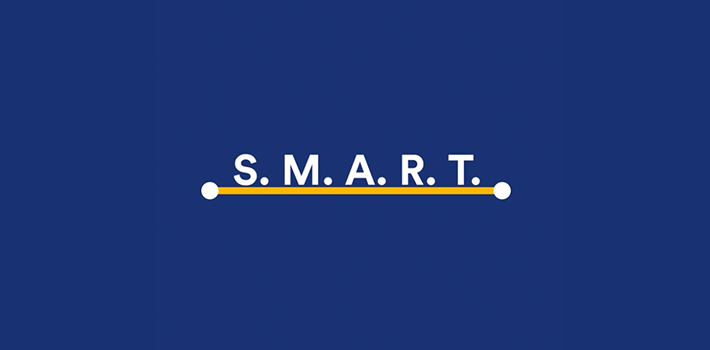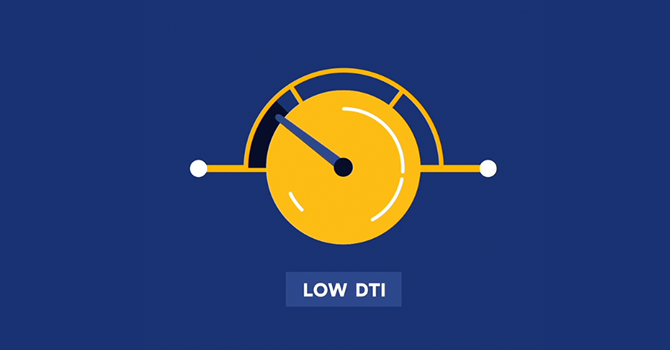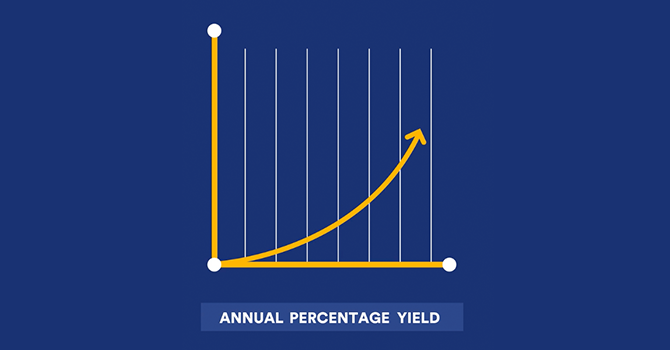Reaching financial goals you’ve set for yourself starts with the right plan. Use the SMART acronym to test if your short- and long-term goals are Specific, Measurable, Achievable, Relevant and Time-based.
Do Your Goals Pass the SMART Test?
Reaching financial goals you’ve set for yourself starts with the right plan. Use the SMART acronym to test your short- and long-term goals.

Reaching a goal you’ve set for yourself starts with making sure it’s the right one.
Use the SMART acronym to test your short- and long-term goals:
First, ask yourself – Is my goal Specific? The more detailed your goal, the easier it is to work toward. “I want to save $1,000,000 by age 50” is better than “I want to save a lot of money by the time I’m older.”
Next, is it Measurable? Seeing the progress you’re making is a great motivator. For example, if you’re trying to grow your savings, measure your results by checking your account balance periodically.
Is it Achievable? Realistic goals are more likely to succeed. For example, saving $1,000,000 in 15 years is doable, but saving $10,000,000 might not be.
Is it Relevant? Ask yourself why this goal is important to you and your future. If it doesn’t align with your values and objectives, you might be less motivated to make it happen.
And finally, is it Time-based? Putting a time frame on your goal makes it more specific, measurable and achievable.
Making sure your goals are SMART will improve your odds of actually achieving them – and make you look smart in the process!
Don’t miss the latest financial resources.
This site is protected by reCAPTCHA and the Google Privacy Policy and Terms of Service apply.
Get tailored Laurel Road resources delivered to your inbox.
Search Results


